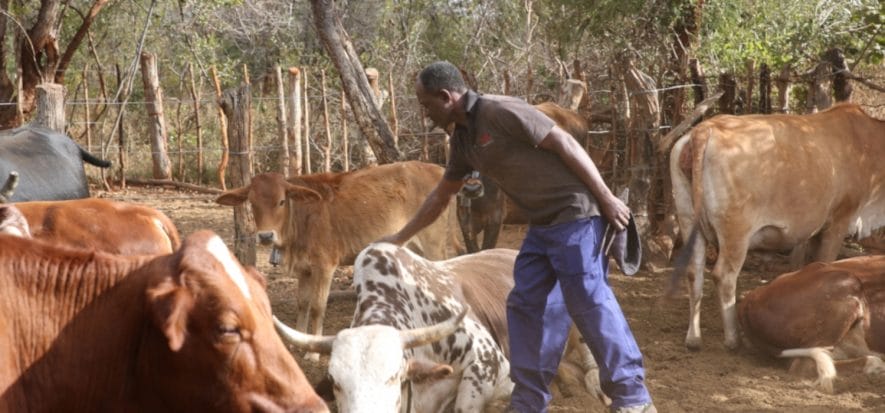In 2019, Zimbabwe’s leather export slumped by 58% on annual basis: in 2018, revenues coming from international sales amounted to 2.6 billion dollars (therefore decreasing, compared to 2.7 billion dollars in 2017); in the recently ended year, earnings reached 1.1 billion dollars. ZimStats, the national Institute of Statistics, have supplied and made public such data.
Leather export slumped
According to Newsday portal, Zim Trade, the National Trade Development and Promotion Organization of Zimbabwe, still have confidence in the industry’s potential ability to grow and expand: from cattle livestock to the manufacturing of highly valuable products, Zimbabwe’s leather industry is undoubtedly ready to gear up for a business boom. Conversely, industry agents and professionals, interviewed by the same information portal, are less optimistic about that. Arnold Britten, President of the Leather Tanning and Footwear association (TFLMZ), sadly emphasized that manufacturing companies have to deal with a difficult situation affecting the domestic market, swarmed by imported commodities and products. Let alone the business abroad.
Their playing role in the foreign market
Earlier in 2019, Zimbabwe’s government decided to liberalize the export of raw hides and skins. In doing so, they were planning to support traders and foster domestic leather industry towards an optimization of manufacturing processes. It is not that easy though: in fact, liberalization works much better as long as the market is thriving, therefore when protectionism attitudes look more enticing. Conversely, when they face a flat scenario, one cannot expect such measures to be as effective as a miracle.
Picture taken from the United Nations website
Read also:










